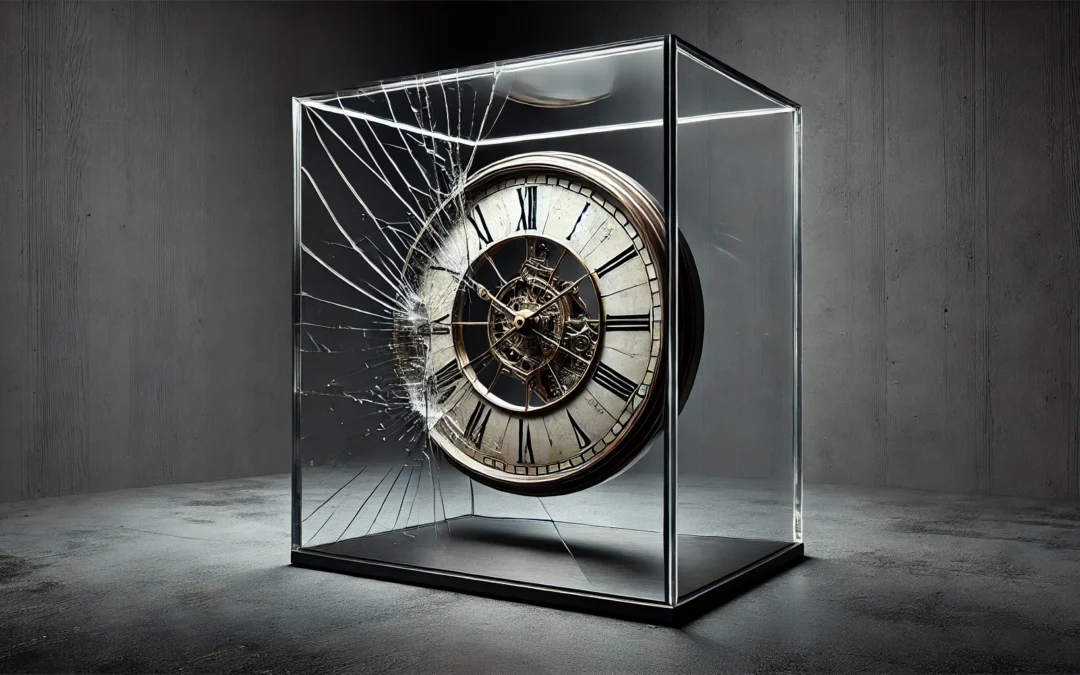Have you ever wondered why certain trends take over the world while others fade away quietly? This is often the result of what we call the “zeitgeist,” a German term that means “spirit of the times.” It’s the invisible force that influences everything from fashion and music to technology and politics. Think about the rise of social media platforms like TikTok, which have quickly become a staple in our daily lives, shaping how we communicate and entertain ourselves. The zeitgeist captures the essence of a particular era, reflecting the collective mood, values, and tastes of the time.
Understanding zeitgeist can help us make sense of why certain things become popular and how they reflect broader societal shifts. For instance, the increasing focus on sustainability and eco-friendly products is a sign of our growing awareness of environmental issues. Similarly, the recent surge in remote work and digital collaboration tools speaks to our adaptation to new ways of working. By looking at 20 examples of zeitgeist, we can gain insight into the forces that shape our world and influence our choices, helping us better understand the ever-changing landscape we live in.
Understanding the Concept of Zeitgeist
Zeitgeist is a German term that translates to “spirit of the age” or “spirit of the time.” It refers to the dominant set of ideals, beliefs, and cultural norms that characterize a particular period in history. The concept of Zeitgeist is often used to describe the intellectual, moral, and cultural climate of an era, capturing the essence of what is popular, influential, or widely accepted during that time.
The idea of Zeitgeist is rooted in the notion that each era has a distinct character shaped by the prevailing ideas, values, and social conditions. These influences can manifest in various forms, including art, literature, fashion, politics, and technology. For instance, the Zeitgeist of the 1960s in Western countries is often associated with countercultural movements, civil rights activism, and a general push for societal change and freedom.
Understanding the Zeitgeist of a particular period can provide valuable insights into why certain events unfolded as they did, why specific trends emerged, and how society as a whole viewed itself and the world. It is a way to grasp the collective consciousness of a time, reflecting how people thought, what they valued, and how they expressed those values.
In contemporary discussions, the term Zeitgeist is frequently used to analyze current trends and predict future developments. By examining the current Zeitgeist, analysts and cultural commentators can gain a better understanding of where society might be headed and what the key issues and influences are likely to be.
In summary, Zeitgeist is a powerful concept that encapsulates the essence of an era, offering a lens through which to view the cultural and intellectual landscape of any given time. By studying the Zeitgeist, we can better understand the forces that shape our world and how they influence collective human behavior and thought.
The Best Examples of Zeitgeist
The concept of “Zeitgeist” refers to the spirit or mood of a particular period in history as shown by the ideas and beliefs of the time. Here are twenty great examples to illustrate this idea:
1. The Silicon Valley Boom
The 1990s and early 2000s marked the rise of Silicon Valley as a hub for innovation and entrepreneurship. Companies like Apple, Microsoft, and Google defined a zeitgeist of creativity and technological advancement. This era captured the excitement of new possibilities and reshaped industries worldwide.
2. The Belle Époque
Occurring from the late 19th century to World War I, the Belle Époque was a period of cultural flourishing in Western Europe. Known for its peace and prosperity, this era saw advancements in art, technology, and science. The works of artists like Toulouse-Lautrec and the innovations of the Eiffel Tower symbolize this optimistic and progressive time.
3. The Roaring Twenties
The 1920s in the United States is a classic example of Zeitgeist. This era was marked by economic prosperity, cultural change, and social liberation. Jazz music, flapper fashion, and a general sense of rebellion against traditional norms captured the essence of this vibrant decade.
4. The Swinging Sixties
The 1960s were characterized by a spirit of revolution and change. From the civil rights movement to the rise of counterculture, this decade was driven by a desire for equality and freedom. The music of The Beatles and the widespread use of psychedelic art reflected the transformative energy of the time.
5. The Digital Age
The late 20th and early 21st centuries have been dominated by the rise of digital technology. The internet, social media, and mobile devices have reshaped how we communicate and interact. This era is defined by rapid information exchange and a global connectedness that was previously unimaginable.
6. The Industrial Revolution
The Industrial Revolution marked a period of significant change in the late 18th and early 19th centuries. It was a time when technological advancements and mechanization transformed industries. The shift from agrarian societies to industrial urban centers captures the essence of this transformative period.
7. The Age of Enlightenment
The Enlightenment in the 17th and 18th centuries was a period characterized by an emphasis on reason, science, and intellectual exchange. Philosophers like Voltaire and Rousseau challenged traditional authority and promoted ideas of liberty and progress. This era laid the groundwork for modern democratic societies.
8. The Post-War Boom
After World War II, many Western countries experienced an economic boom. This period saw rising living standards, consumerism, and the growth of suburban life. The optimism and prosperity of the 1950s, with its iconic cars and burgeoning middle class, define the spirit of this era.
9. The Romantic Era
The late 18th and early 19th centuries saw the rise of Romanticism, a movement that emphasized emotion, nature, and individualism. This period was a reaction against the industrialization and rationalism of the Enlightenment. The works of poets like Wordsworth and Byron capture the spirit of this era.
10. The Cold War
The Cold War era, spanning from the late 1940s to the early 1990s, was marked by political tension and competition between the United States and the Soviet Union. This period was characterized by the arms race, space race, and ideological conflicts that shaped global geopolitics.
11. The Green Movement
In recent decades, there has been a growing awareness of environmental issues and sustainability. The Green Movement reflects a shift in societal values towards protecting the planet. This modern Zeitgeist is exemplified by initiatives to combat climate change and promote renewable energy.
12. The Renaissance
The Renaissance, spanning the 14th to the 17th century, was a time of rebirth in art, culture, and intellect. Originating in Italy, it spread across Europe, reviving classical philosophy, literature, and art. Visionaries like Leonardo da Vinci and Michelangelo embodied the innovative spirit of this era, where humanism became the central focus.
13. The Age of Exploration
During the 15th to 17th centuries, European powers embarked on global explorations, driven by the quest for new trade routes and territories. This era marked significant geographical discoveries, including the Americas by Christopher Columbus. It was a period that expanded the known world and led to cultural exchanges and colonialism.
14. The Victorian Era
Spanning the reign of Queen Victoria from 1837 to 1901, the Victorian Era in Britain was marked by industrial progress, strict social hierarchies, and cultural transformation. It was a time of great paradox, where moral restraint coexisted with the exploration of new ideas in literature and science. Charles Dickens and the Great Exhibition capture this complex period.
15. The Age of Anxiety
Post-World War I, the Age of Anxiety reflected a time of uncertainty and disillusionment. The trauma of war and rapid societal changes led to introspection and existentialism in art and literature. Poets like T.S. Eliot expressed these sentiments, capturing the pervasive feeling of alienation and the search for meaning in a shifting world.
16. The Meiji Restoration
The Meiji Restoration in Japan, beginning in 1868, was a time of radical transformation. The country transitioned from feudal isolation to a modern industrial society, adopting Western technologies and governmental structures. This era of rapid modernization and cultural change redefined Japan’s place in the world.
17. The Harlem Renaissance
The 1920s saw the Harlem Renaissance, a cultural revival of African American music, literature, and art centered in Harlem, New York City. This period celebrated black identity and creativity, with figures like Langston Hughes and Duke Ellington leading the charge. It was a powerful expression of racial pride and artistic innovation.
18. The Age of Imperialism
From the late 19th century to the early 20th century, European powers expanded their empires, exerting control over vast territories in Africa, Asia, and the Americas. This era was characterized by the scramble for resources and markets, leading to geopolitical tensions and cultural exchanges. The Berlin Conference of 1884 exemplifies the competitive spirit of this time.
19. The Psychedelic Era
The late 1960s and early 1970s saw the rise of the Psychedelic Era, marked by experimentation with music, art, and consciousness. The counterculture movement embraced psychedelic drugs, influencing bands like The Grateful Dead and artists such as Andy Warhol. It was a time of questioning traditional values and exploring new realms of creativity.
20. The Age of Globalization
Beginning in the late 20th century, the Age of Globalization has been defined by increased interconnectedness and interdependence among countries. Driven by advances in technology, trade, and communication, this era has reshaped economies and cultures worldwide. The spread of multinational corporations and cultural exchanges exemplify the global spirit of this age.
What or Who Shapes the Zeitgeist?
The zeitgeist, or the spirit of an era, isn’t created by a single person or event. It’s the result of a mix of cultural, social, economic, and political forces. People, institutions, and ideas all contribute. For instance, movements like the civil rights movement in the 1960s were shaped by both grassroots activism and influential leaders like Martin Luther King Jr.
Media and technology also play a big role in shaping the zeitgeist. Television shaped the 20th century, just as social media is shaping the current era. Popular culture, including music, movies, and books, reflects and amplifies the mood of the time. Think of how punk rock mirrored the rebellion of the 1970s.
Can we influence the zeitgeist? To some extent, yes. Innovators, artists, and activists who challenge norms often start new trends. However, it’s not entirely predictable. Certain conditions – like widespread dissatisfaction or technological breakthroughs – make societies more open to change. But timing and chance also matter. Not every idea or movement catches fire.
Defining how a zeitgeist begins is complex. It often emerges from a combination of needs, desires, and opportunities. When people collectively respond to these in a similar way, a new spirit of the times is born. For example, the Industrial Revolution arose because of technological advancements, economic demand, and shifting labor practices. It wasn’t random, but it also wasn’t fully planned.
In short, zeitgeists are influenced by a mix of forces – some intentional, some circumstantial. While individuals and movements can push boundaries, the larger societal response ultimately decides what defines an era.
What Could Define Future Zeitgeists?
The future holds countless possibilities for new zeitgeists. Emerging technologies, shifting values, and global challenges will likely shape what’s next.
Artificial intelligence (AI) is a strong candidate for the defining spirit of future decades. As AI becomes integrated into daily life, from personalized healthcare to creative industries, it will reshape work, relationships, and even ethics. People may debate questions like, “What role should AI play in decision-making?” This could become a central theme of the era.
Space exploration is another possibility. Companies like SpaceX and NASA are pushing the boundaries of human settlement beyond Earth. If humanity starts colonizing Mars or other planets, this ambition could define the spirit of an interstellar era. The dreams and challenges of space exploration might dominate cultural conversations, much like the moon landing once did.
Cultural shifts are just as important as technological ones. For instance, as societies grow more diverse, themes of global unity and cultural exchange may rise. The zeitgeist could center on blending traditions or finding common ground across different backgrounds.
Even unexpected events could spark a new era. Wars, pandemics, or economic collapses often create significant cultural shifts. These crises force people to adapt and reconsider values. For instance, after COVID-19, remote work and digital connections became part of the global narrative.
Predicting the future zeitgeist is tricky because so many factors are at play. But one thing is clear—each era’s defining spirit grows from a mix of human needs, collective desires, and the tools we use to shape our world. As history shows, the next zeitgeist may be closer than we think.
Understanding Cultural Shifts Through Technology
Technology has always been a catalyst for cultural change. Consider how the smartphone revolutionized not just communication but also social behavior. With a device in almost every pocket, the way people interact has fundamentally changed. This shift is not just about convenience; it has reshaped human experience, from how relationships are formed to how information is consumed.
Social media platforms are a prime example of technology-driven cultural shifts. They have given rise to new forms of community and self-expression. A tweet or an Instagram post can go viral in minutes, influencing public opinion and trends on a global scale. This immediacy of communication has increased the speed at which cultural phenomena develop and spread.
Moreover, technology has democratized content creation. Anyone with a smartphone can create and share their work with the world. This has led to a more diverse range of voices and perspectives being heard. It challenges traditional media and allows for a more inclusive cultural dialogue.
Virtual reality and augmented reality are pushing the boundaries even further. They offer immersive experiences that can transport users to different worlds, impacting fields from education to entertainment. These technologies are still evolving, but they promise to further alter how culture is experienced and understood.
In essence, technology doesn’t just reflect cultural shifts; it drives them. By observing how new tech is adopted and integrated into daily life, we gain insights into the evolving nature of culture itself. Understanding this relationship helps us anticipate future trends and prepare for the changes they bring.
The Influence of Zeitgeist on Modern Media
The influence of Zeitgeist on modern media is profound and far-reaching. In today’s interconnected world, media plays a crucial role in shaping and reflecting the Zeitgeist. Television shows, movies, music, and social media platforms all contribute to and are influenced by the prevailing cultural and social norms. Media creators often draw inspiration from the current Zeitgeist to produce content that resonates with audiences. This can be seen in the rise of environmentally conscious themes in films and the increasing representation of diverse voices in television. Social media, in particular, acts as a real-time barometer of the Zeitgeist, allowing trends and movements to spread rapidly across the globe.
Platforms like Twitter and Instagram are often at the forefront of cultural shifts, as users share their thoughts and experiences, influencing public opinion and sparking conversations. As a result, understanding the influence of Zeitgeist on modern media is essential for comprehending how cultural trends develop and how they impact society. However, it is also important to be critical of how media can sometimes distort or exploit the Zeitgeist for commercial gain, leading to a superficial representation of complex issues.
The Impact of Zeitgeist on Popular Culture
Zeitgeist deeply influences popular culture. It shapes what we watch, listen to, and read. Trends in movies, music, and books often reflect the spirit of the times. For example, the 1960s zeitgeist was marked by counterculture and social change, which was reflected in the music of The Beatles and films like “Easy Rider.” In more recent years, the rise of superhero films mirrors society’s fascination with justice and morality.
The fashion industry also mirrors the zeitgeist. Styles come and go, reflecting societal norms and values. In the 1980s, bold colors and extravagant designs reflected a period of economic optimism and excess. Today, sustainable fashion is gaining popularity, reflecting growing environmental consciousness.
People are drawn to content that resonates with their current experiences and feelings. The zeitgeist acts as a feedback loop. It both influences and is influenced by popular culture. This dynamic relationship helps explain why certain trends catch on while others fade away. Understanding this can help creators and marketers predict what might be popular next. It’s like a dance, where each step is both a reaction and an action.
How Zeitgeist Shapes Political Movements
Political movements are often a direct reflection of the zeitgeist. The collective mood and concerns of a period can drive political change. During the Great Depression, the zeitgeist was one of economic hardship and uncertainty. This led to the rise of policies focused on economic recovery and social welfare.
In the 21st century, digital technology and social media have become powerful tools for political movements. The Arab Spring is a prime example. The zeitgeist of the time was marked by a desire for democracy and freedom. Social media amplified these voices, leading to significant political change.
Movements like Black Lives Matter show how the zeitgeist can bring attention to longstanding issues. The spirit of the time has been one of increased awareness and demand for social justice. Political leaders often try to align themselves with the prevailing zeitgeist. They do this to gain support and legitimacy.
However, the zeitgeist can also lead to division. Different groups may interpret the spirit of the time differently, leading to conflicts. It’s essential to recognize these differences and work towards understanding. The zeitgeist is a powerful force in politics, shaping both policies and public opinion.
The Most Popular on BitGlint
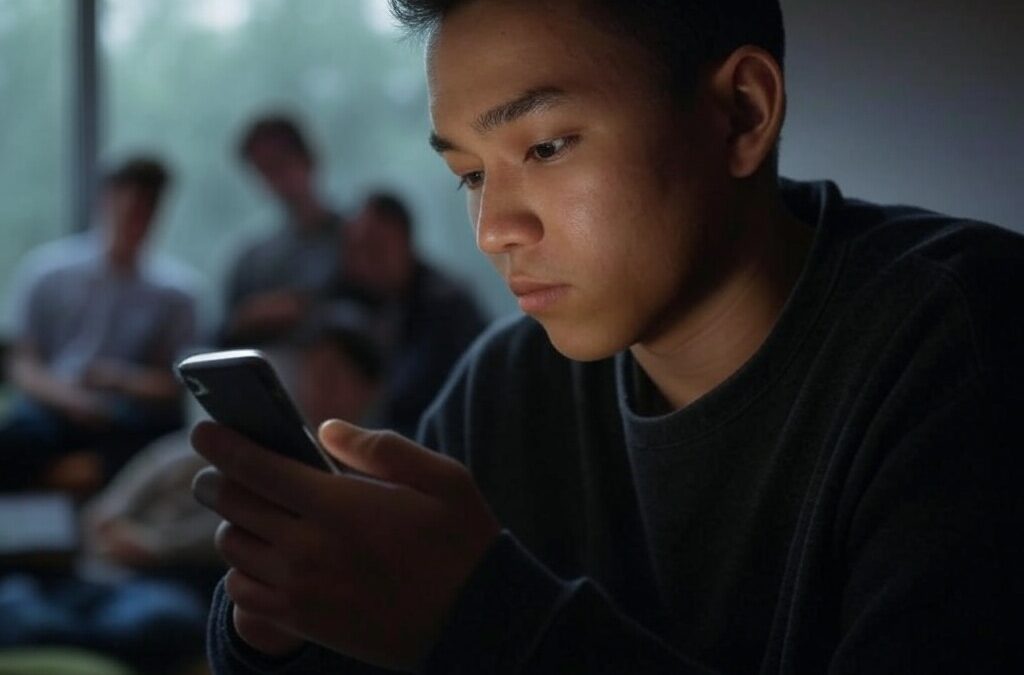
40 Social Dilemma Examples in the World & Real Life
Social dilemmas are everywhere. They shape the choices we make at work, in our communities, and even on a global...

30 Favor Examples & Definition
Doing a favor means helping someone without expecting anything in return. It’s an act of kindness that can strengthen...
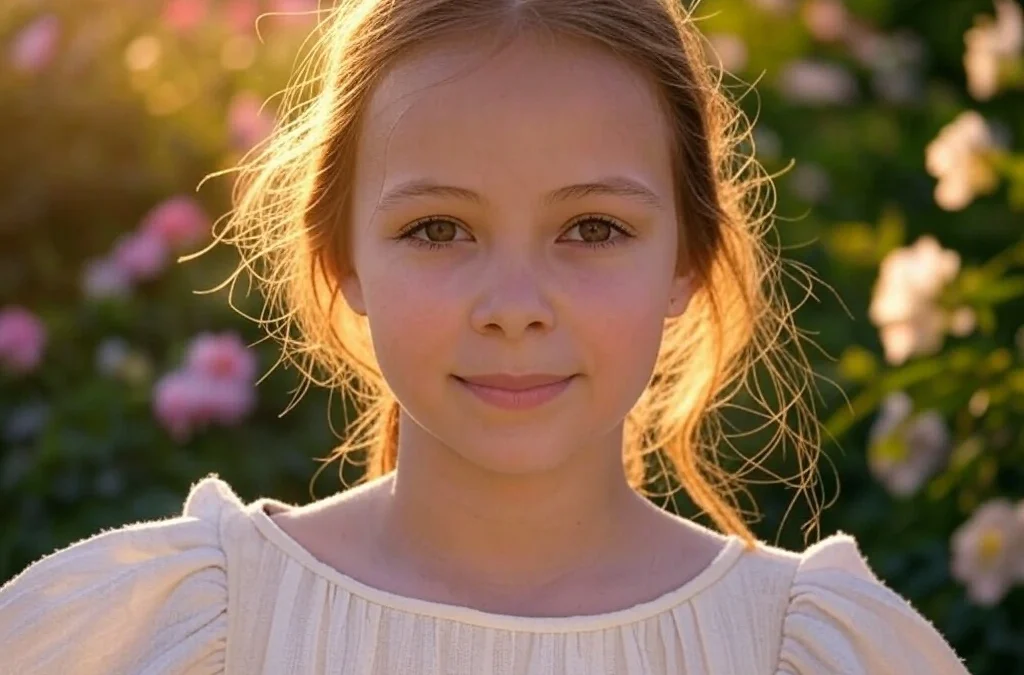
30 Naivety Examples & Definition
Naivety is something most people experience at some point in their lives. It often starts in childhood, but for some,...
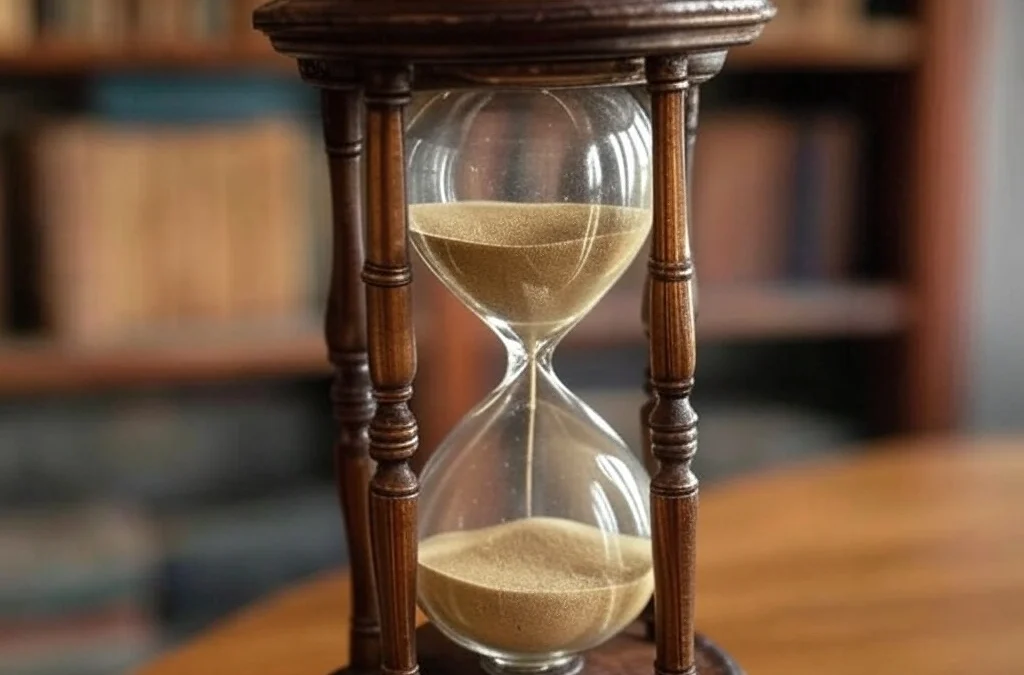
20 Chronology Examples & Meaning
Chronology is something we use more than we realize. It shows up in conversations, in how we remember the past, and in...
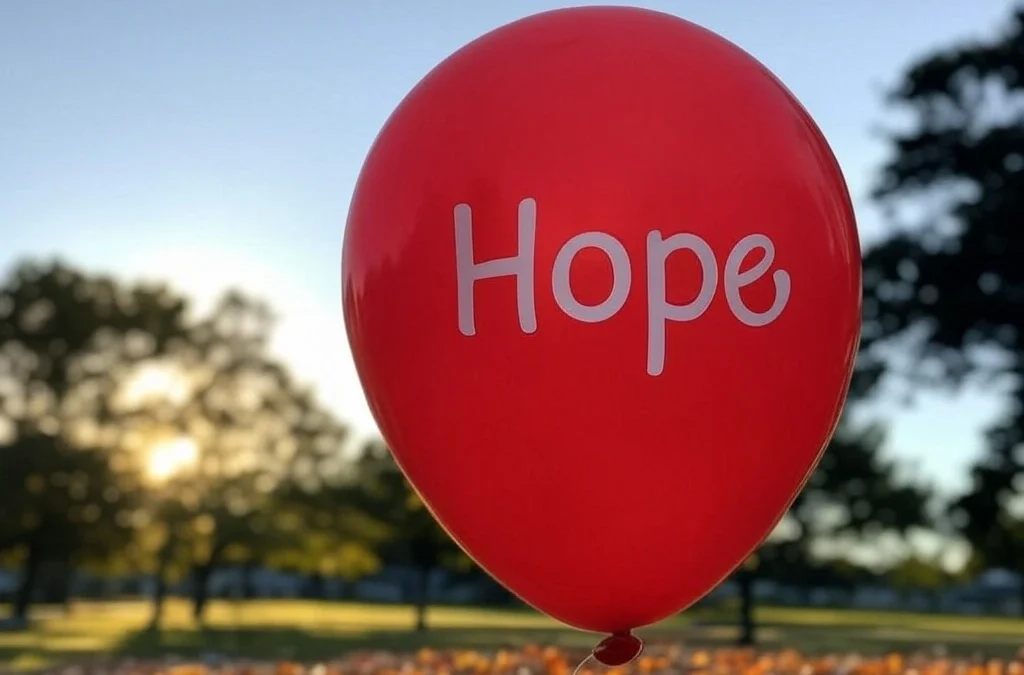
30 Wishful Thinking Examples & Meaning
Wishful thinking is something we all do at some point. You hope things will turn out fine—even if there’s no real...

20 Examples of Gravity & What Gravity Really Is
Gravity is one of the most important forces in the universe, but many people don’t fully understand what it really is...

20 Examples of Secondary Consumers in the Food Chain
Secondary consumers are animals that eat other animals—usually herbivores that feed on plants. They’re an important...
Get Inspired with BitGlint
The Latest
30 Flow State Examples & Definition
Most people have felt it at some point — that rare moment when everything just clicks. You're working, moving, or thinking, and suddenly it's like the rest of the world fades out. You're focused, clear, and everything you're doing feels smooth and natural. That’s...
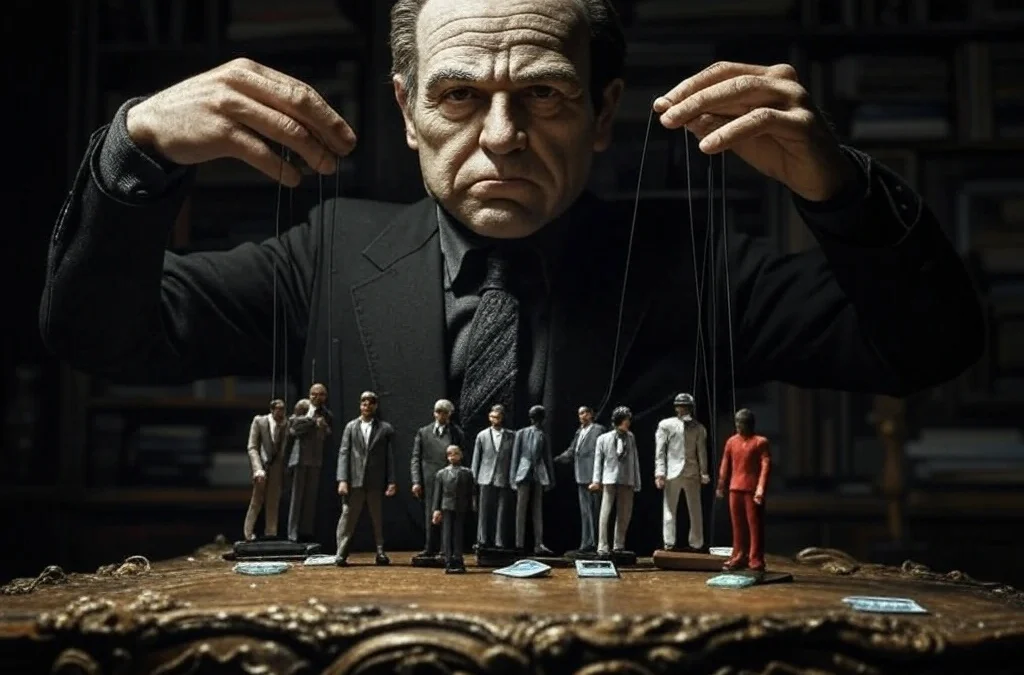
30 Cynicism Examples in Everyday Life & Definition
Cynicism is something most people have seen, heard, or even felt - but few stop to really think about what it means. It shows up in jokes, in conversations, and in quiet thoughts we don’t always say out loud. Some people wear it like armor. Others see it as honesty....
50 Examples of Square Things
Square things are part of everyday life, even if we don’t always think about them. From objects we use at home to tools, packaging, and design elements we see out in the world, the square shape is everywhere. It’s simple, balanced, and practical — which is exactly why...
30 Unknowns That Will Blow Your Mind
Have you ever found yourself staring at the night sky, wondering about the countless stars and galaxies beyond our reach? This sense of curiosity and wonder is something we all share, and it extends to the unknowns in our everyday lives. Whether it's a new hobby you...

